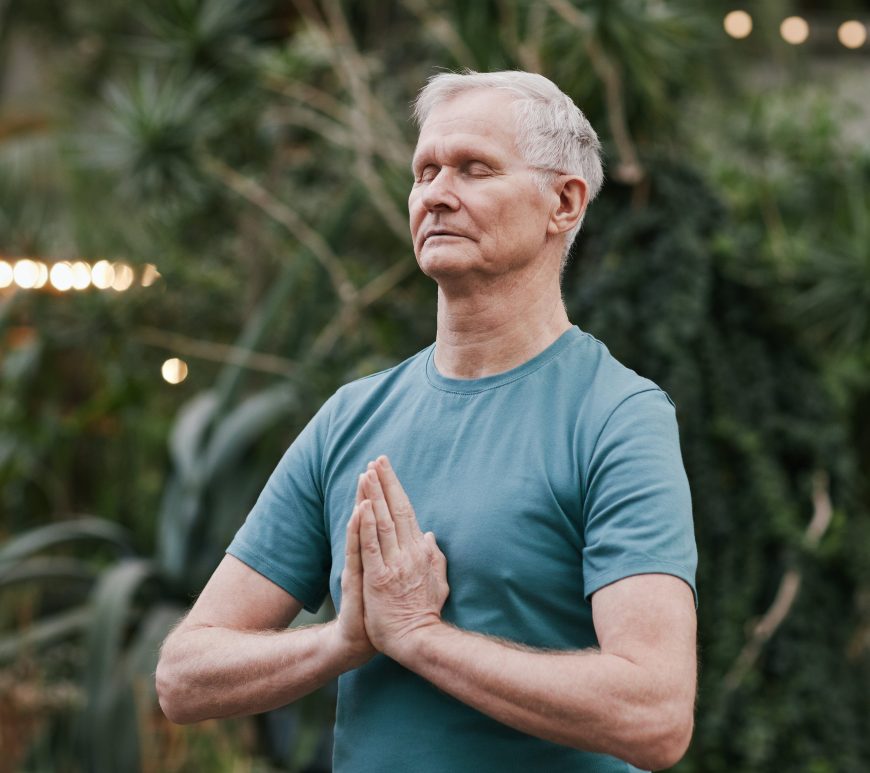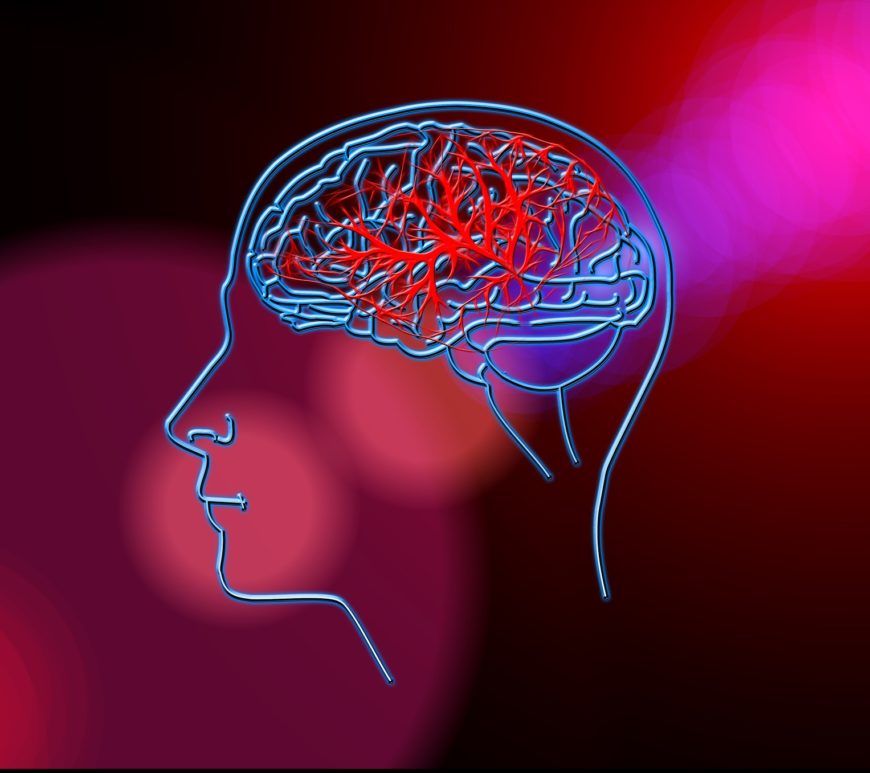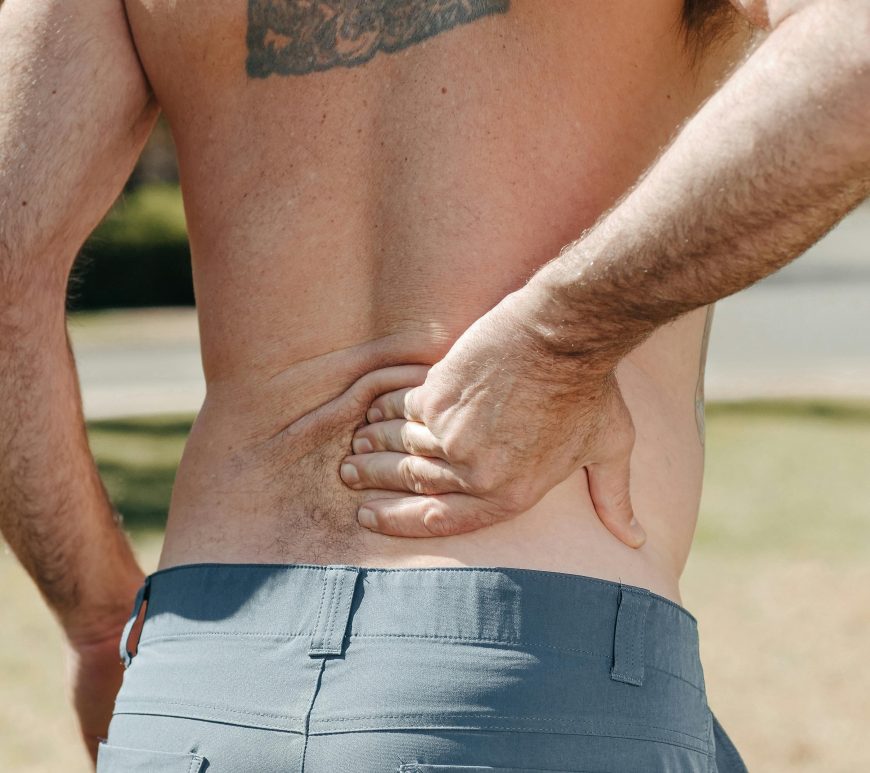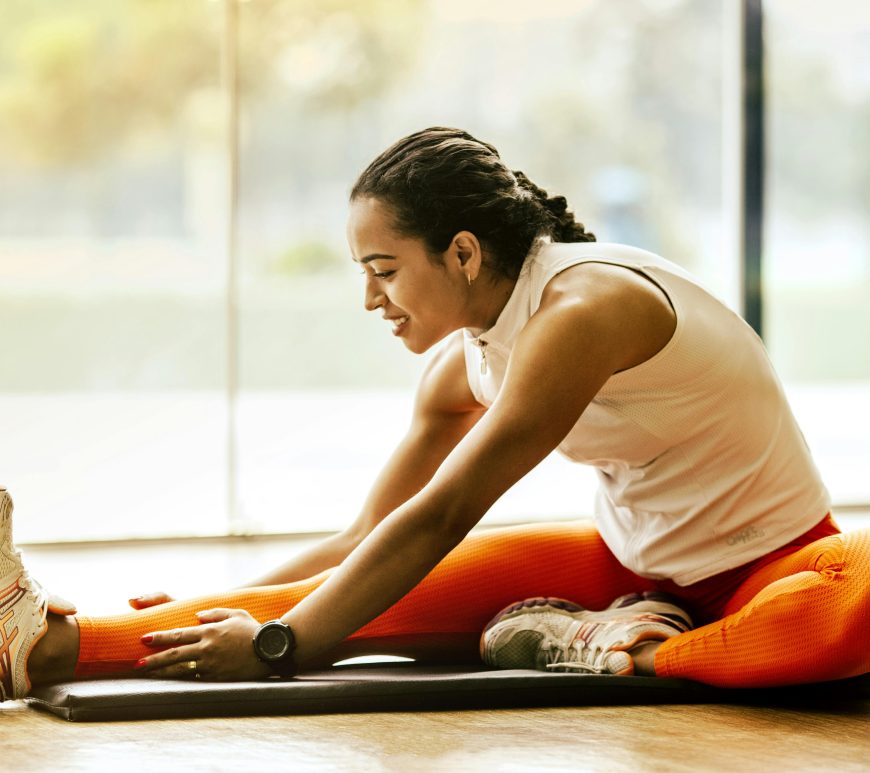
How do different physical activity modes impact well-being in older adults?
In 2000, a groundbreaking randomized controlled trial, led by E. McAuley, et. al., delved into the intricate interplay of physical activity modes, social support, and subjective well-being (SWB) among older adults. The study, featuring 174 participants with a mean age of 65.5 years, sought to elucidate the impact of aerobic activity and stretching/toning on SWB over a 12-month period. Furthermore, the investigation explored the pivotal … Continue reading How do different physical activity modes impact well-being in older adults?


